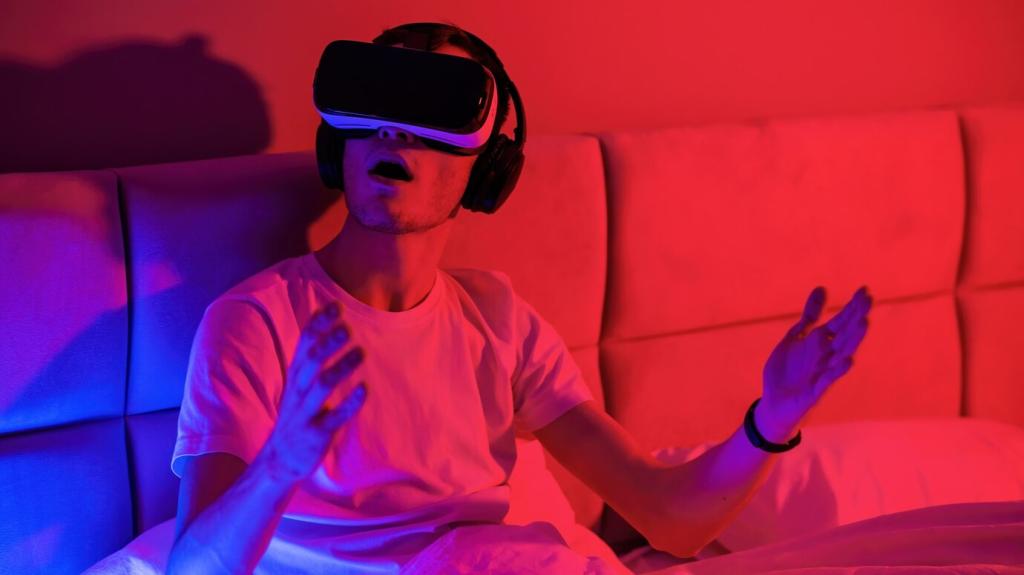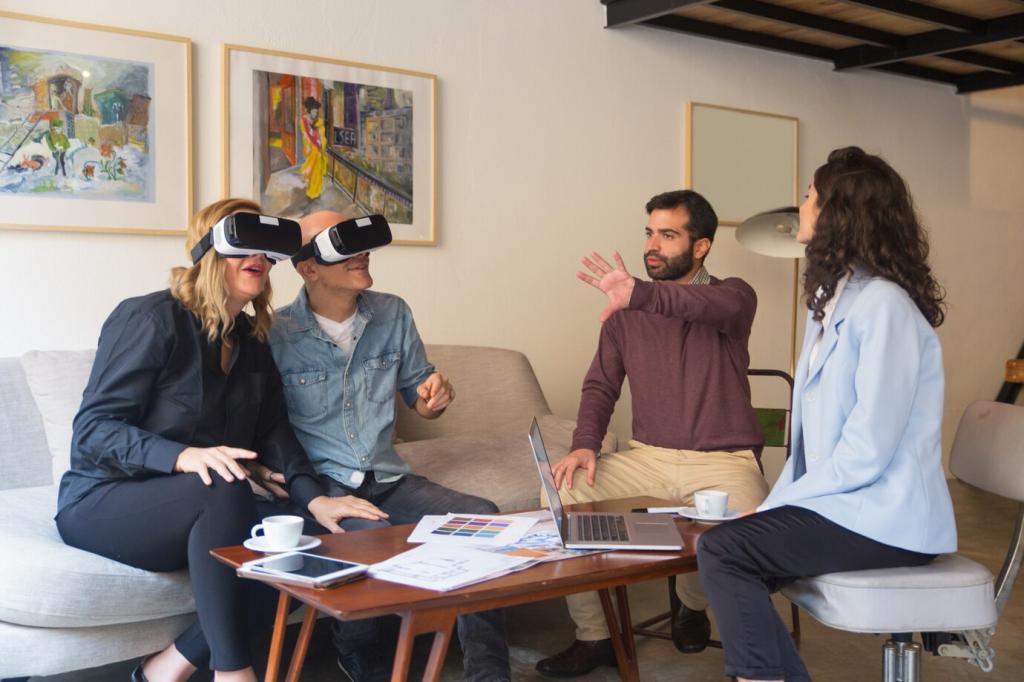Innovations Driving the Next Era of Remote Work
The world of work has been fundamentally reshaped by technological advances and shifting cultural expectations. Remote work, once a niche offering, has now become a defining feature of modern professional life. This transformation is not driven by chance but by an evolving ecosystem of innovations that are making virtual collaboration, productivity, and wellbeing both feasible and desirable. As we stand at the threshold of the next era in remote work, understanding these innovations is key to leveraging their full potential and ensuring remote teams can thrive beyond geographical boundaries.
Unified Communication Hubs
Unified communication hubs have transformed how remote teams operate by integrating messaging, video conferencing, file sharing, and task management in single, accessible environments. This consolidation eliminates the friction of switching between multiple tools, streamlining workflows and reducing the likelihood of information silos. The result is a cohesive digital workspace where all necessary resources can be accessed and discussed in real-time, mirroring the efficiency of an in-person office. Such hubs are constantly evolving, incorporating AI-driven search, predictive assistance, and dynamic organizational charts to further enhance productivity.
Real-Time Co-Authoring
Real-time co-authoring tools are a key innovation, empowering team members to contribute simultaneously to documents, presentations, and codebases. These platforms replicate the energy of in-person brainstorming and make asynchronous work smoother, supporting instant feedback and reducing delays. Coupled with intelligent version control and change tracking, these tools ensure that everyone stays aligned, even in fast-paced projects. The transparency and agility offered by real-time co-authoring help foster a culture of open collaboration and continuous improvement, essential for remote high-performance teams.
Immersive Virtual Meeting Technologies
Immersive virtual meeting technologies are redefining how remote teams connect, making virtual interactions more natural and engaging. Advances such as spatial audio, dynamic backgrounds, and even virtual reality meeting spaces create a sense of presence that bridges the gap between digital and physical worlds. These technologies enhance non-verbal communication, reduce fatigue, and facilitate more meaningful connections, contributing to stronger team cohesion and minimizing the sense of isolation that can come with remote work.
Previous slide
Next slide


Previous slide
Next slide
Adaptive Workspaces and Digital Ergonomics
Personalized Productivity Dashboards
Personalized productivity dashboards harness data analytics to offer remote workers tailored insights into their work habits, enabling them to optimize schedules, prioritize tasks, and identify areas for improvement. These customizable interfaces aggregate calendars, project timelines, and performance metrics in one place, providing actionable feedback. Integrations with well-being features such as guided breaks or focus reminders further enhance the experience. Empowering users with these dashboards encourages autonomy, helps combat burnout, and supports sustainable productivity in remote work settings.
Smart Environmental Controls
Remote workers now benefit from smart environmental controls that adapt home offices to ideal comfort and efficiency levels. Innovations such as app-controlled lighting, temperature regulation, and ergonomic furniture recommendations are becoming commonplace. These connected solutions learn from user preferences, making adjustments based on time of day or activity type to promote well-being. The seamless integration of physical and digital environments ensures that remote workspaces actively contribute to health and focus, reducing distractions and physical strain for better outcomes.
Virtual Ergonomics Coaching
Virtual ergonomics coaching utilizes AI and sensor technologies to analyze posture, movement, and workspace usage in real time. Personalized recommendations are delivered through intuitive dashboards, helping employees adjust setups, adopt healthier habits, and mitigate injury risks. These digital coaches use gentle prompts and data-driven insights to foster incremental improvements, transforming remote workspaces into ergonomic environments tailored to each individual. Enhanced comfort and reduced strain not only improve well-being but also drive productivity and job satisfaction over the long term.
